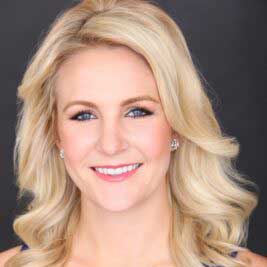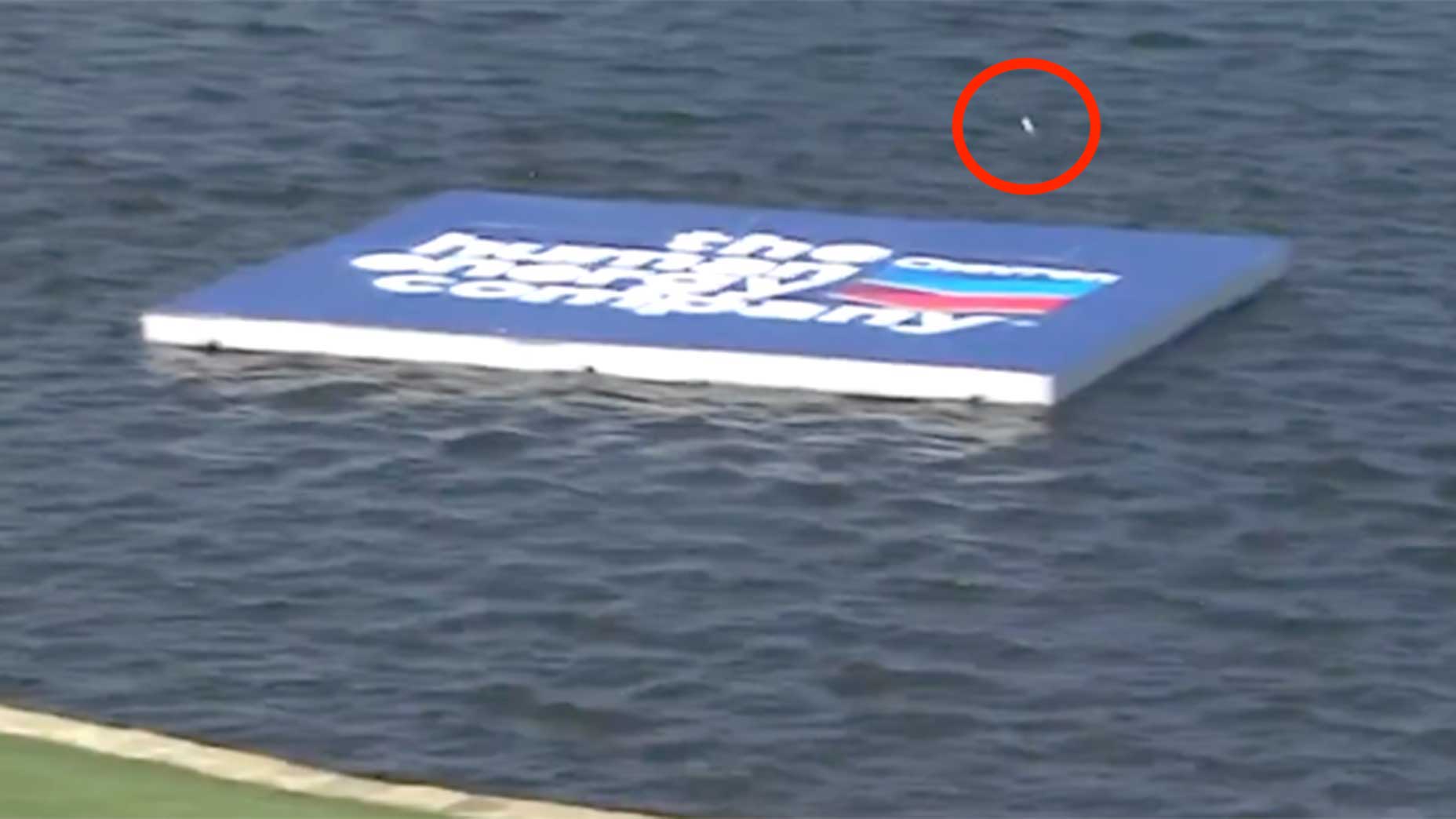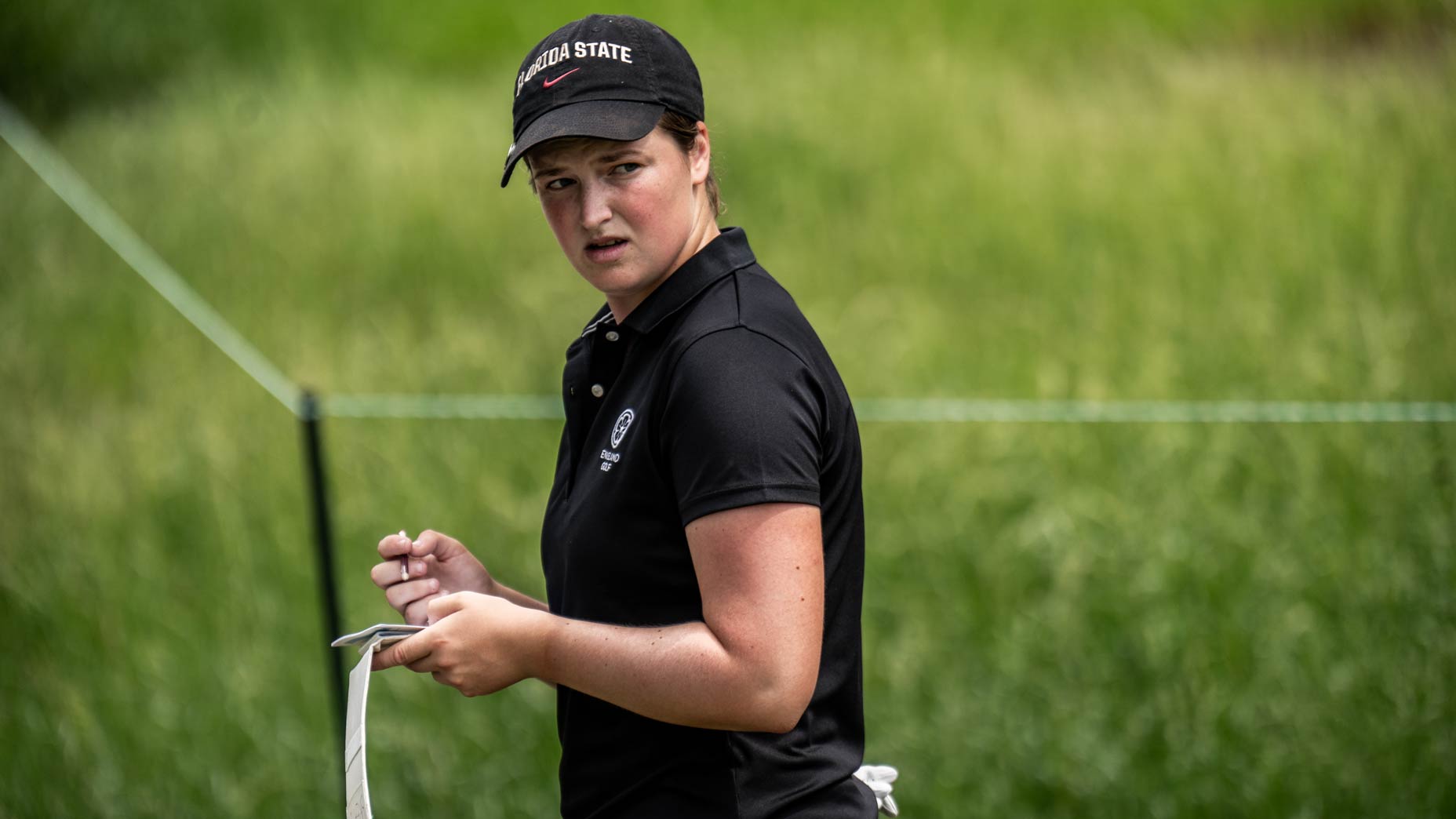If you often play on bent-grass greens, encountering a course with Bermuda grass can feel like being on a different planet.
All of the sudden, you not only have the usual speed and break to think about, but also the grain — the direction the grass is growing — and that grain has a huge effect on the putt’s speed and break.
Bermuda grass is prevalent in states with warm climates, so if you’re planning to travel for some winter golf, familiarizing yourself with the nuances of Bermuda greens will help you play your best.
As a 10-year LPGA Tour veteran, Marina Alex knows a thing or two about navigating Bermuda greens, so at this year’s Hilton Grand Vacations Tournament of Champions at Lake Nona Golf and Country Club in Orlando, Fla., I decided to ask her for her best tips.
How to read Bermuda greens, according to Marina Alex
“With putting, there are two things you focus on: the break and the speed,” Alex says. “With grain, you have to incorporate in how that’s going to affect both the speed and the break, because it will.”
Alex says there are a few steps to take in order to read a Bermuda green properly.
1. Look at the cup
“If you look at how the cup is cut, you can see which way the grain is going,” she says. “The part of the cup where the grass is grittier and not as smooth is the grain direction.”
If you discern that your putt is down grain, that means it will be a bit faster than it would be as a flat putt.
“That may also impact how much it’s going to break,” Alex says. “You have to play it a little softer than you would normally, so you have to increase your break.”
2. Look for dark vs. shiny areas
Another trick to reading Bermuda greens involves assessing your line for dark or shiny sections of grass.
“When we’re looking at this putt, you can see it’s pretty shiny,” Alex says. “So it’s going to be, again, down grain.”
If you find yourself on a shiny part of the green, you can further confirm the grain by assessing the green as a whole, locating the pockets of dark and shiny areas.
Down-grain and down-slope don’t always align, Alex says. That’s why it’s always important to check.
“Sometimes you will be putting either on a flat surface or even uphill but the grain could be going in the opposite direction of the slope,” Alex says. “That makes the read a little bit more difficult.”
3. Look at your putt from both sides of the hole
Many players employ this green-reading tactic on every putt, but Alex says that it’s an especially good idea on Bermuda greens.
“You have to take a look from both sides. Because I think, A, seeing the color change in the grass, but also taking a look at that cup can kind of reinforce where you want to aim it and how hard you want to hit it.”
Alex then demonstrated her keys on a down-grain putt. It was way faster than it looked. We both missed it, underscoring Alex’s points about how much grain can effect both speed and break.
“That is the tricky part of Bermuda,” Alex concludes. “Some putts become very, very quick, some putts can become very, very slow. Look for the shiny grass, and take a quick peek at the cup.”
For more from Alex, check out the full video of our lesson above, and for more tips from the game’s best, browse our entire collection of Pros Teaching Joes videos.












